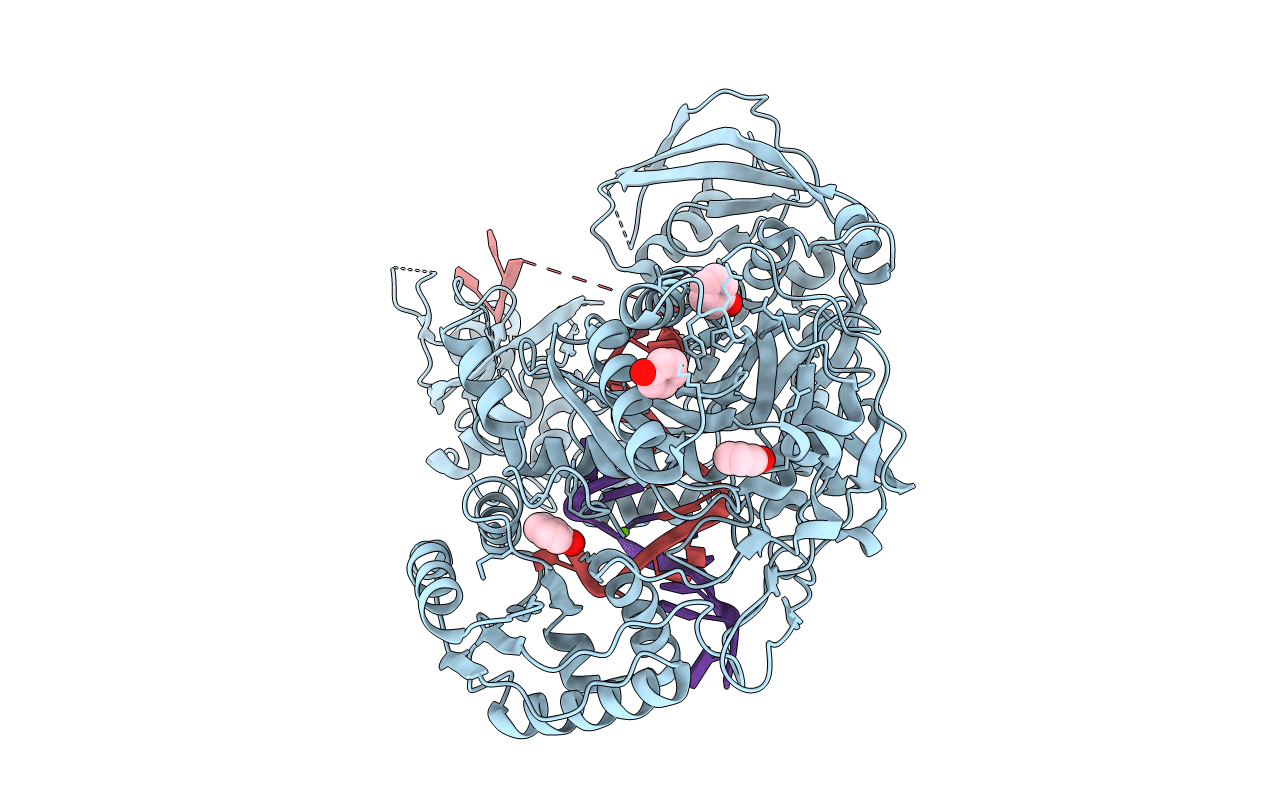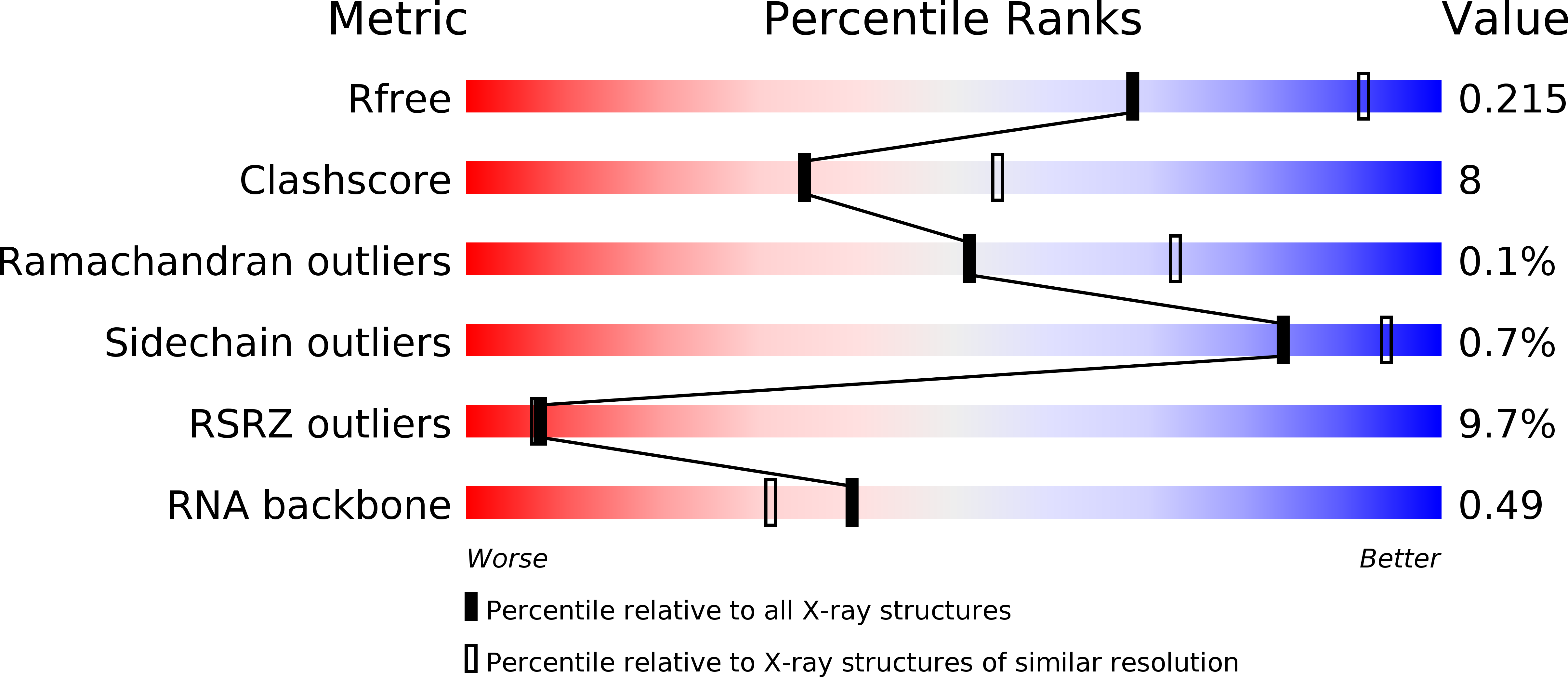
Deposition Date
2014-08-18
Release Date
2014-11-12
Last Version Date
2023-09-27
Entry Detail
PDB ID:
4W5T
Keywords:
Title:
The Crystal Structure of Human Argonaute2 Bound to a Guide and Target RNA Containing Seed Pairing from 2-7
Biological Source:
Source Organism:
Homo sapiens (Taxon ID: 9606)
synthetic construct (Taxon ID: 32630)
synthetic construct (Taxon ID: 32630)
Host Organism:
Method Details:
Experimental Method:
Resolution:
2.50 Å
R-Value Free:
0.21
R-Value Work:
0.17
R-Value Observed:
0.17
Space Group:
P 1 21 1


